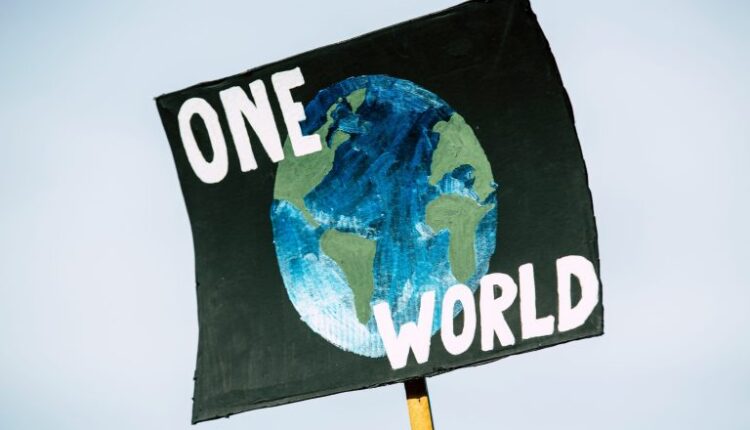Study Warns It May Already Be Too Late To Save Coffee And Other Luxury Crops From Climate Change – CoffeeTalk
A new study from Colorado State University (CSU) reveals troubling prospects for the future of luxury crops such as coffee, chocolate, and wine, all of which millions of people depend on daily. With climate change wreaking havoc on agricultural systems worldwide, smallholder farms in regions from Ghana to vineyards in France are grappling with the impact of rising temperatures and changing rainfall patterns.
Despite ongoing research into innovative solutions to combat climate change, the study suggests that efforts to protect these valuable crops may be falling short. Researchers found that a proposed cooling method, known as stratospheric aerosol injection (SAI), did not effectively safeguard these crops. Out of eighteen major regions assessed, only six showed any improvement, raising concerns about the viability of luxury agriculture in a warming world. The CSU team conducted their research by evaluating key areas in Western Europe, northern South America, and West Africa from 2036 to 2045, employing extensive climate models and crop suitability metrics.
Luxury crops, defined as plants cultivated for their high market value rather than basic human needs, include coffee, cocoa, tea, vanilla, saffron, and truffles. The allure of these crops stems from their unique flavors, aromas, and rarity, commanding premium prices in global markets. Saffron, for instance, can cost thousands of dollars per kilogram, as each delicate thread must be meticulously handpicked from flowers. However, these crops have specific growing requirements—such as particular altitudes, temperatures, and soil types—that restrict their production areas. This scarcity is what ultimately contributes to their luxury status.
Unfortunately, climate change poses a significant threat to the delicate conditions these luxury crops require. Coffee, cocoa, and tea, in particular, depend on precise temperature ranges, specific rainfall patterns, and suitable soil quality. As global temperatures continue to rise, these essential environmental conditions are rapidly shifting or disappearing altogether. Coffee, a crop known for its sensitivity, displayed varied responses to climatic changes. A single cold night can hinder the development of coffee cherries, while prolonged dry spells can adversely affect flowering and fruit filling. Notably, parts of eastern Brazil experienced fluctuating water reliability across different model simulations, leading to uncertainty that complicates planning and investment for growers.
The CSU study, led by Dr. Ariel L. Morrison, focuses on the risks posed by climate variability to agricultural practices. Researchers investigated the potential of stratospheric aerosol injection, a method that aims to lower surface temperatures by dispersing reflective particles high in the atmosphere. This method has also been reviewed in a National Academies report.
However, researchers caution that cooling the planet does not guarantee a stable climate for agriculture. Rainfall and humidity patterns can become erratic under the influence of warming, leading to unstable farming conditions. While solar cooling may reduce surface temperatures, it does not provide targeted solutions for the specific water and climate needs of different crops, leaving growers and buyers in a precarious position. As climate change continues to affect agricultural practices, the future of luxury crops hangs in the balance, prompting urgent discussions within the scientific community and farming sectors alike.
Read More @ Earth
Source: Coffee Talk



